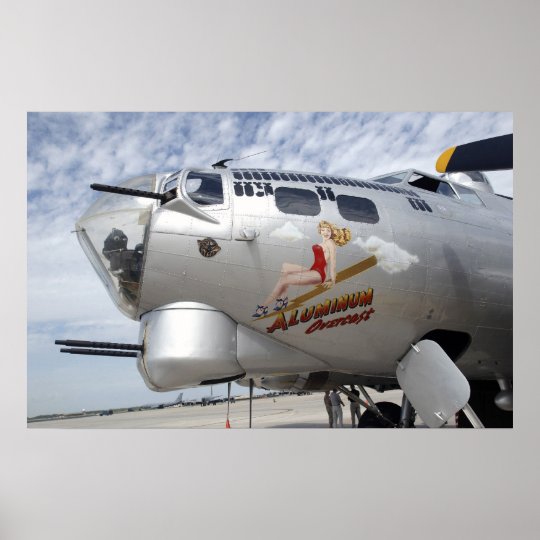
WWII Nose Art Poster
As the United States entered World War II, nose art regulations were relaxed, or in many cases totally ignored. WWII would become the golden age of aircraft artistry. Nose art was found on many models of fighters, and bombers such as the B-17 Flying Fortress and the B-24 Liberator.

WWII nose art motivated airmen with sex and humor We Are The Mighty
Airplane Nose Art During World War II Nose art was found on many models of fighters, and bombers such as the B-17 Flying Fortress and the B-24 Liberator. The B-29 Superfortress was a popular palette due to its large expanse of relatively open "painting space" on the nose of its massive fuselage.

WWII nose art motivated airmen with sex and humor We Are The Mighty
World War II Nose Art. During WWII, members of the United States Army Air Forces (USAAF) flew countless missions in aircraft adorned with art on the fuselage. Although not specifically sanctioned by military officials, the practice of painting and personalizing aircraft was widely popular and seen as a way to boost morale.

WWII nose art motivated airmen with sex and humor We Are The Mighty
Nose Art - The Most Unique Art by Pilots During WWII. "Memphis Belle" Nose Art, photographed by Robert J Bourke, 2016. National Museum of the United States Air Force. Ever since men first went to war in airplanes, they have felt the need to decorate their machines with unofficial, often banned and personal markings.
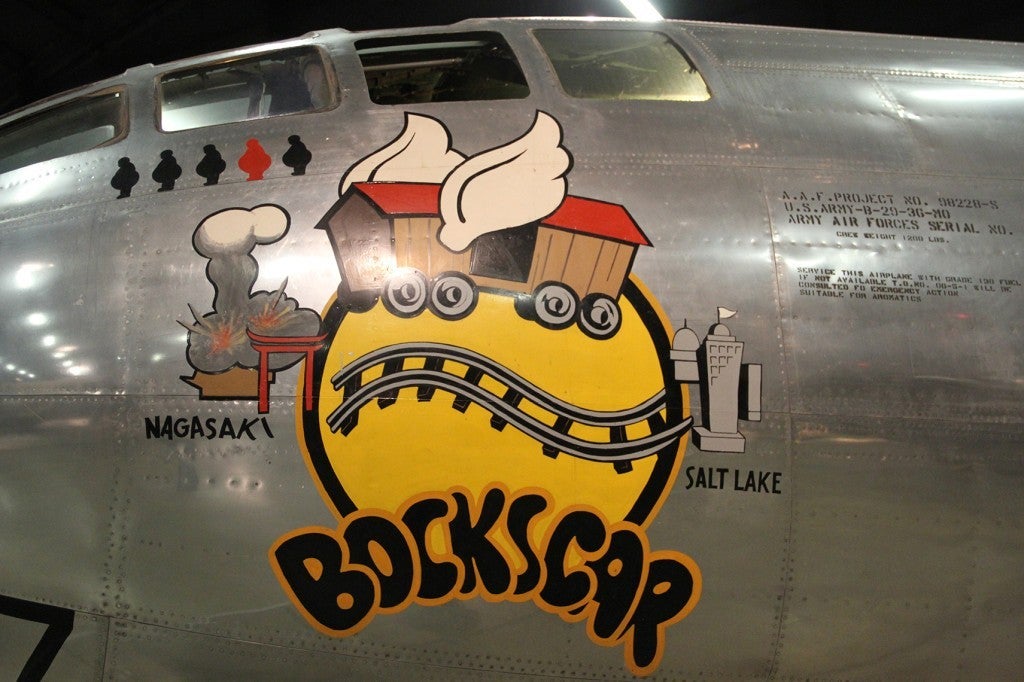
WWII nose art motivated airmen with sex and humor We Are The Mighty
Several artists and troops painted WW2 nose art throughout the war. Some notable names include Hal Olsen and Tony Starcer. But the running list of artists ranges, as many Airmen and military personnel participated in the artwork over the years. Nose art in WW2 was a popular painting trend that was found on the front of planes and other aircraft.

WWII nose art motivated airmen with sex and humor We Are The Mighty
The nose art collection consists of panels cut from the forward position, or "noses" of WWII bomber aircraft fuselages containing the artistic impressions of young men at war. This art is presented as it was originally created. Please be advised before viewing this art was created in the 1940s. The style of art references pin-up girls.

WWII nose art motivated airmen with sex and humor We Are The Mighty
Over 90% Of All Products On eBay Are Brand New. Big Brands, Top Retailers. Great Prices On Millions Of Items. Get It On eBay.

WWII nose art motivated airmen with sex and humor We Are The Mighty
Contents. 1 Aviation Art in World War Two; 2 Tracing the Origins of WW2 Nose Art; 3 Pinup Nose Art; 4 Iconic Imagery in Bomber Artwork; 5 The Symbolism Behind Aviation Nose Art; 6 Key Influences in Wartime Plane Art; 7 Famous Nose Art Painters. 7.1 George Petty (1894 - 1975); 7.2 Alberto Vargas (1896 - 1982); 7.3 Phil Brinkman (1916 - 2000); 7.4 Don Allen (1919 - 2013)

Hot Rod Paint Detail—How to Paint WWII Nose Art on a Hot Rod
Some things were universal. "Mors ab alto" is Latin for "Death from above." And then some art was based entirely on the record of the plane. Like the B-29 Superfortress Bockscar, below, who dropped the atomic bomb dubbed Fat Man on Nagasaki, Japan, and whose nose art depicts a train boxcar nuking Nagasaki.. Nose art was also a great way to build esprit de corps with the crew and maintainers.
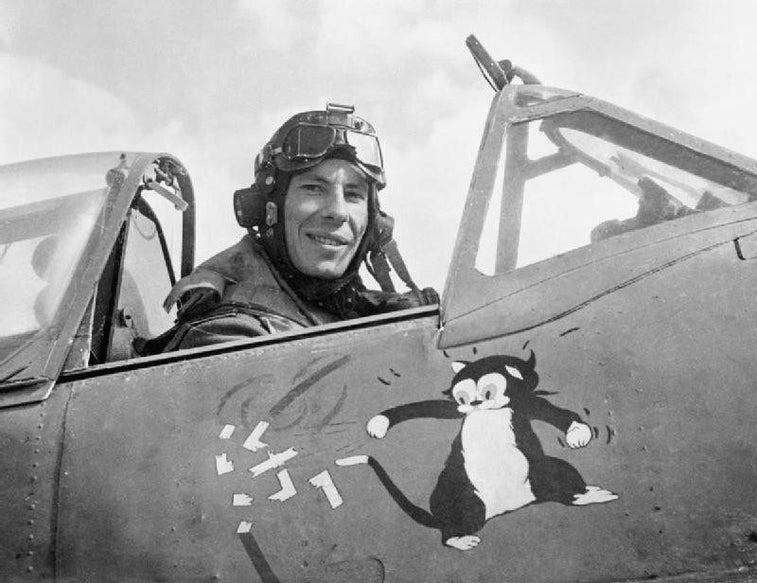
WWII nose art motivated airmen with sex and humor We Are The Mighty
Liberty Belle. The great name and nose art of this warbird was actually given to a total of four B-17s that flew combat during the war, all of which tragically went down. There is one commemorative Liberty Belle on display as of this writing, while another which was airworthy, sadly crashed in 2011.

Nose Art and PinUps explores the stories behind iconic nose art paintings on WW2 aircraft
Richard Ira "Dick" Bong (September 24, 1920 - August 6, 1945) is the United States' highest-scoring air ace, having shot down at least 40 Japanese aircraft during World War II. He was a fighter pilot in the U.S. Army Air Forces (USAAF) and a recipient of the Medal of Honor. All of his aerial victories were in the P-38 Lightning, a fast and.

original WWII NOSE ART PHOTO B24 BOMBER AFTER HOURS 90TH BOMB GROUP 1816164920
Genuine nose artwork first appeared during WW2, which many believe to be the genre's greatest era, with both Allied and Axis pilots involved. At the peak of the war, nose artists were in high demand in the USAAF and were well compensated for their efforts, while AAF leadership allowed nose art to bolster aircrew morale. In contrast, the.
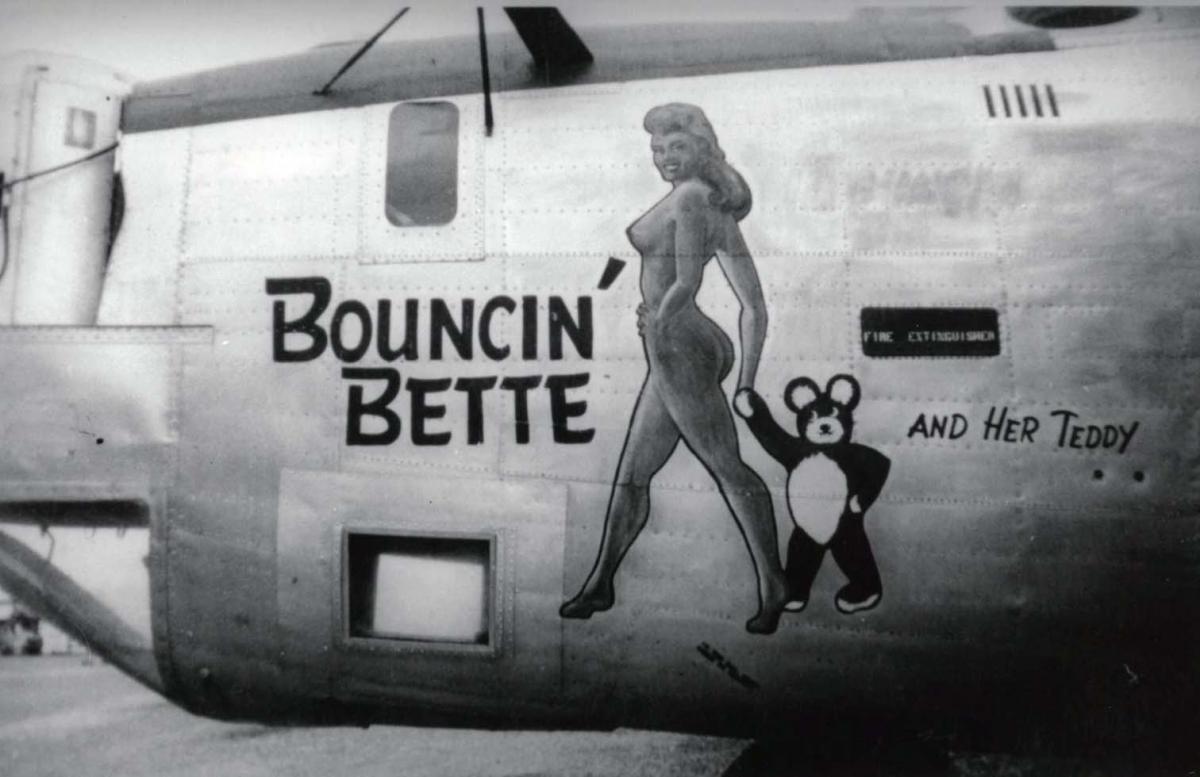
Hawaii Aviation World War II Nose Art
Nose Art. During World War II, the personalization of an aircraft by giving it a name, painting an image on it, and in many cases doing both began in the early months of the war, increased in frequency as the war progressed, and reached its peak in 1945. In the case of bombers, a bomb tally was often added as well and this provided a powerful.

WWII nose art motivated airmen with sex and humor We Are The Mighty
Nose art. Nose art is a decorative painting or design on the fuselage of an aircraft, usually on the front fuselage. While begun for practical reasons of identifying friendly units, the practice evolved to express the individuality often constrained by the uniformity of the military, to evoke memories of home and peacetime life, and as a kind.
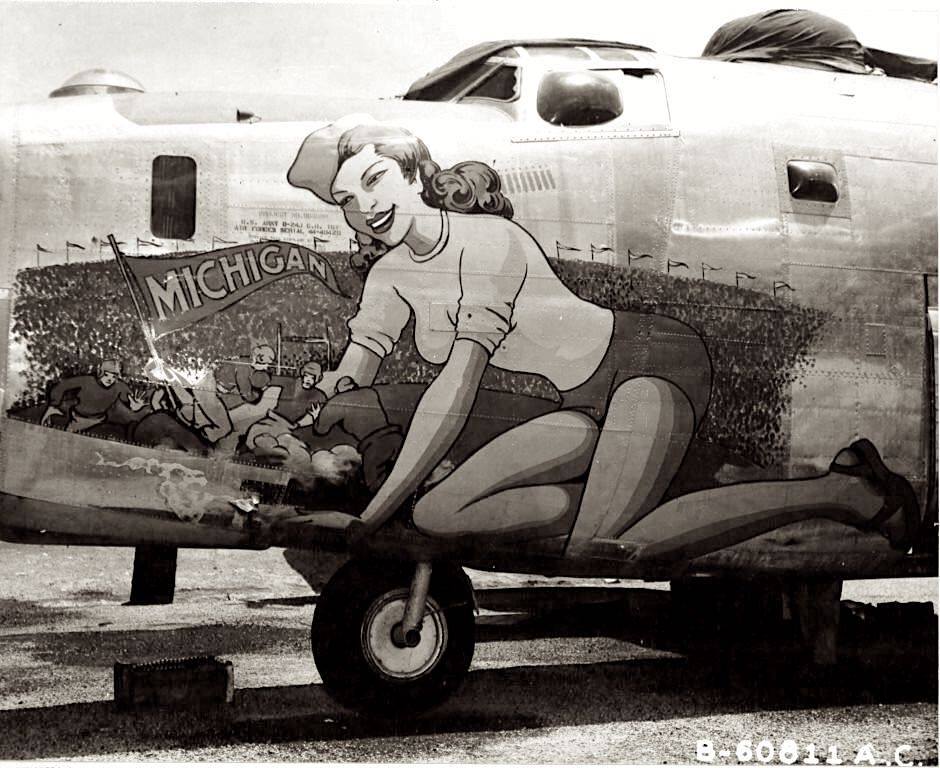
From Risqué Pinups to Bombers Named After Mothers, WWII Nose Art Became an Expression Unto Itself
Risqué Nose Art from WW2 Bombers (NSWF) Nose art on airplanes first became popular during WW1 when German airmen (or rather their ground-crews) started painting a mouth and teeth onto nose cones, rather like Moby Dick below. In fact a shark-face design is still painted on nose-cones of military aircraft today. During World War II the military.

Nose Art A Brief History Of Famous WW2 Nose Art On Warbirds
WW2 Nose Art Aircraft Pinups and Decorations. By Stephen Sherman, Aug. 2002.Updated Sept. 26, 2012. A ircrews in World War II decorated their planes with pictures of pinups and pretty girls, typically modeled after the "cheesecake" art of Gil Elvgren, Alberto Vargo, and George Petty. It was (and still is) an interesting practice. Some see a deep, psychological impulse - attaching a talisman, a.